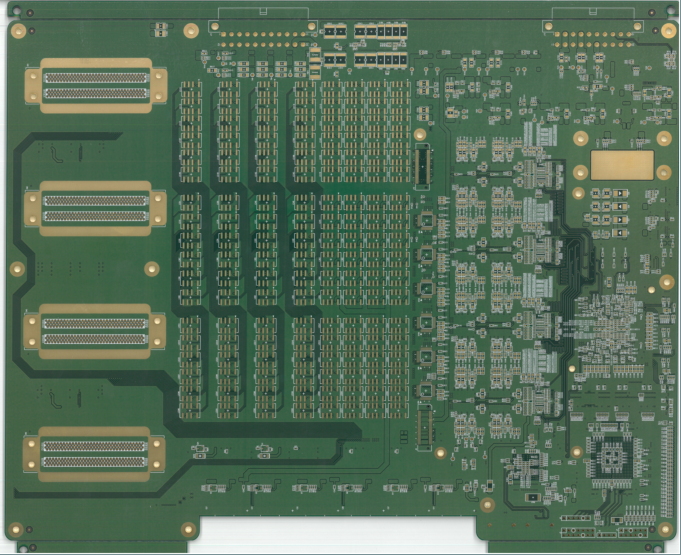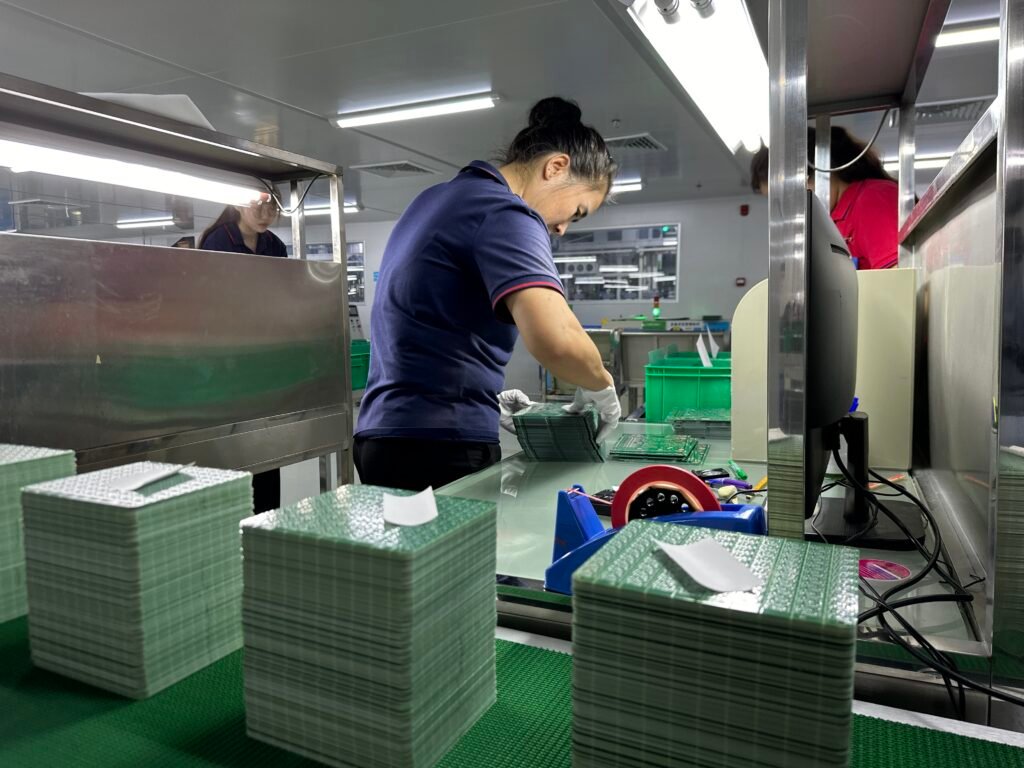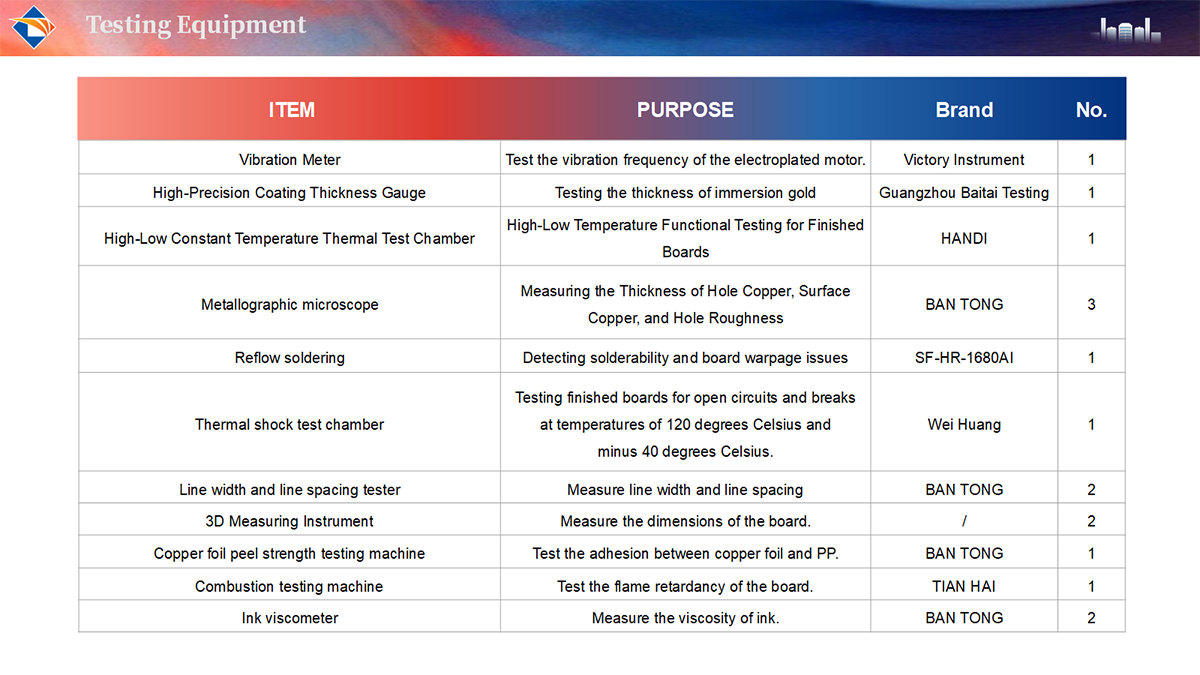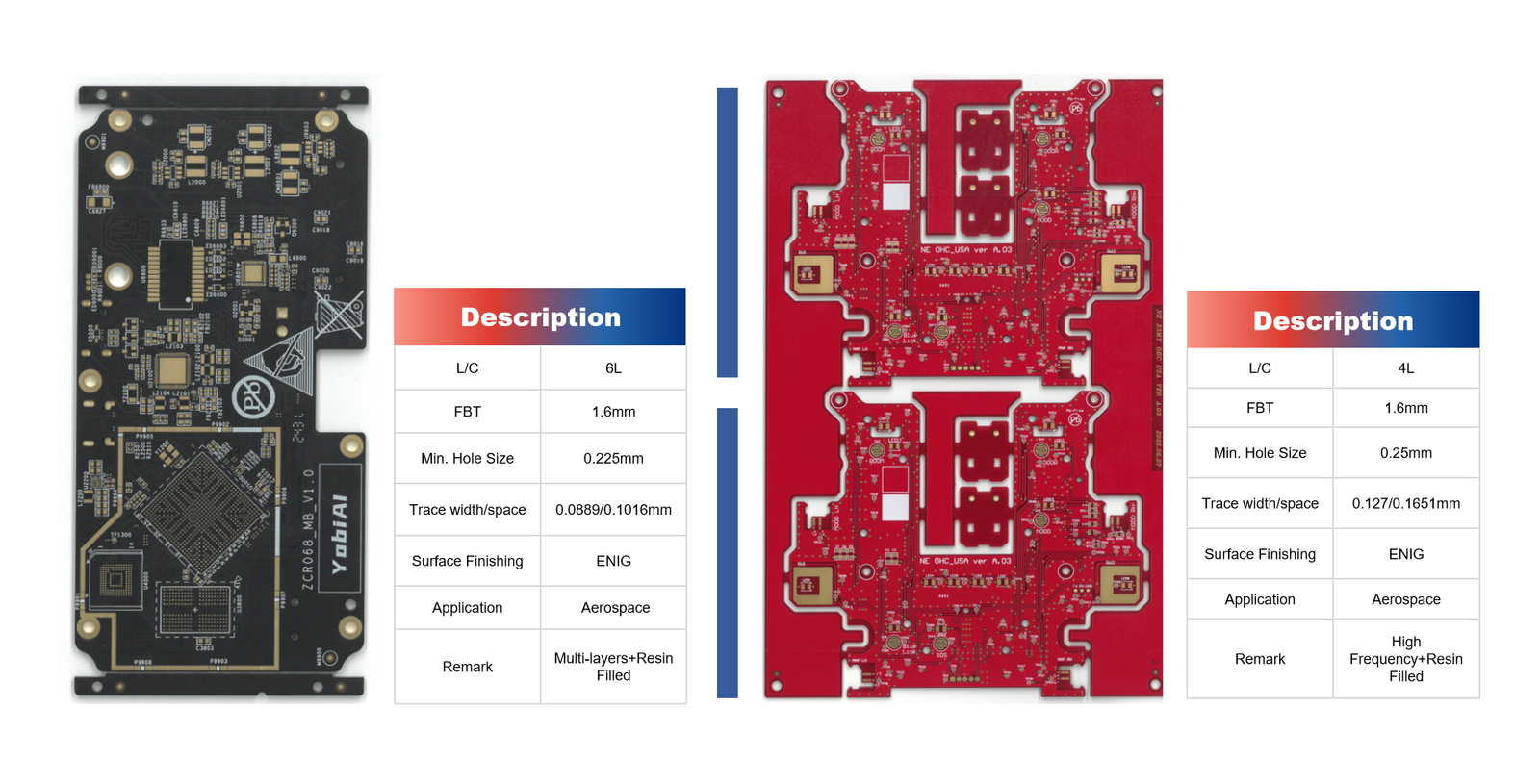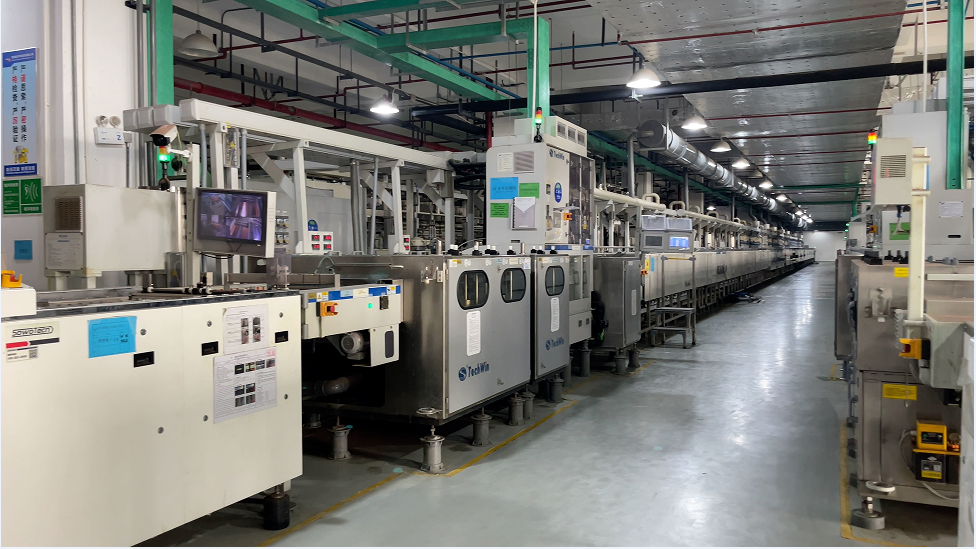According to IPC’s reliability report, nearly 40% of PCB failures are attributed to solder joint issues, while thermal stress accounts for approximately 25% of failures in high-power applications, as noted by a study published by IEEE.
Drawing from years of manufacturing expertise, Longyu PCB has developed effective strategies to address these challenges. With rigorous quality control and proven techniques, we focus on identifying key failure modes and implementing practical solutions.
This guide distills our insights into the most common PCB failures, their root causes, and reliable methods to maintain peak performance.

1. Understanding Common PCB Failures
PCBs often face various failures during operation, leading to reduced performance or complete device breakdown. Identifying the root causes early helps in implementing effective mitigation strategies, ultimately enhancing device reliability and lifespan.
2. Common PCB Failures and Prevention Strategies
PCBs are prone to various types of failures, ranging from solder joint issues to thermal stress problems. Understanding the root causes and implementing practical solutions is crucial to maintaining device reliability.
2.1 How to Prevent Solder Joint Failures in PCBs
Solder joints are essential for maintaining reliable electrical connections between components and the PCB. Poor soldering can weaken these joints, causing instability and performance degradation.
Common Causes:
| Cause | Description | Impact |
|---|---|---|
| Cold Solder Joints | Insufficient heat during soldering, causing weak and dull joints | Intermittent connectivity |
| Solder Bridges | Excessive solder forming unintended connections between pads | Short circuits |
| Cracked Joints | Thermal cycling and mechanical stress causing joint fractures | Signal loss, component failure |
Mitigation Strategies:
- Use High-Quality Solder: Select alloys like SnAgCu, known for their thermal and mechanical stability.
- Control Soldering Temperature: Maintain a stable temperature during soldering to ensure proper wetting and adhesion.
- Apply Flux Properly: Use high-activity flux to reduce oxidation and improve solder flow.
- Reinforce Joints: In vibration-prone environments, use flexible PCBs or mechanical supports to reduce stress on solder joints.
Reliability Testing Methods:
| Test Method | Purpose | Application |
|---|---|---|
| Pull Test | Measure mechanical strength of solder joints | Automotive control units, industrial PCBs |
| Thermal Cycling Test | Simulate temperature fluctuations | High-power and outdoor electronics |
| Shear Test | Test resistance to lateral force | High-vibration environments |
An automotive control unit frequently experienced signal interruptions due to solder joint cracking. After switching to a high-temperature alloy and integrating vibration-damping supports, the unit’s durability increased significantly.
Data Source: IPC-9701: Solder Joint Reliability Guidelines,Journal of Electronics Manufacturing
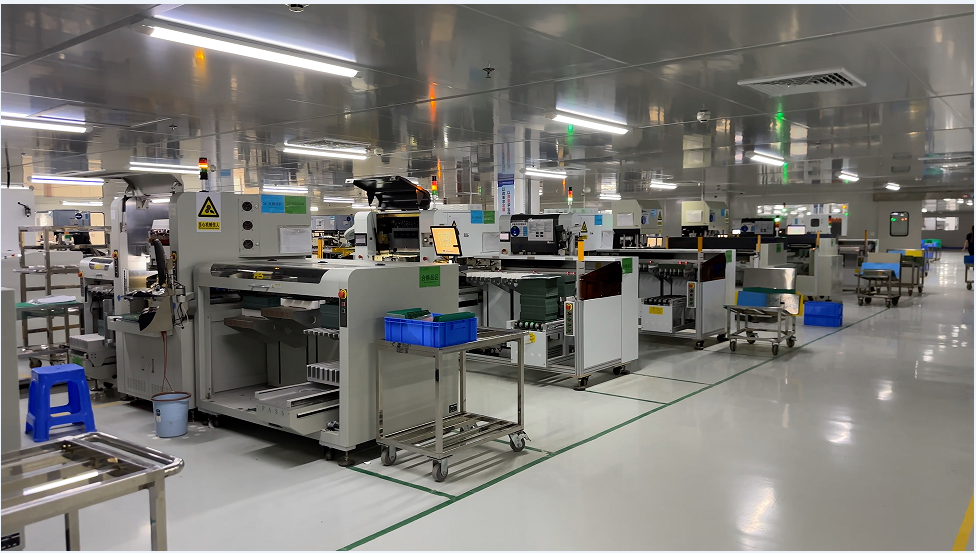
2.2 Dealing with PCB Delamination and Warping: Causes and Fixes
Delamination occurs when PCB layers separate, while warping involves the board bending due to thermal or mechanical stress. These issues can compromise electrical integrity and cause signal loss.
Common Causes:
| Cause | Description | Impact |
|---|---|---|
| Thermal Mismatch | Uneven expansion of different materials under heat | Layer separation |
| Moisture Absorption | High humidity causes substrate swelling | Mechanical deformation |
| Improper Lamination | Inconsistent pressure during lamination, leading to weak bonds | Delamination and cracking |
Data Source: IPC-4101: Specification for Base Materials
2.3 Managing Electromagnetic Interference (EMI) in PCB Design
EMI disrupts signal integrity, causing data errors or device malfunctions.
Data Source: IPC-2251: EMC Design Guidelines,
IEEE Spectrum: EMI Challenges in High-Speed PCB Design
2.4 Preventing Thermal Stress and Overheating in PCBs
Heat buildup can degrade components and reduce PCB stability.
Data Source: IPC-2221: PCB Design Standards,
IEEE Transactions on Components and Packaging
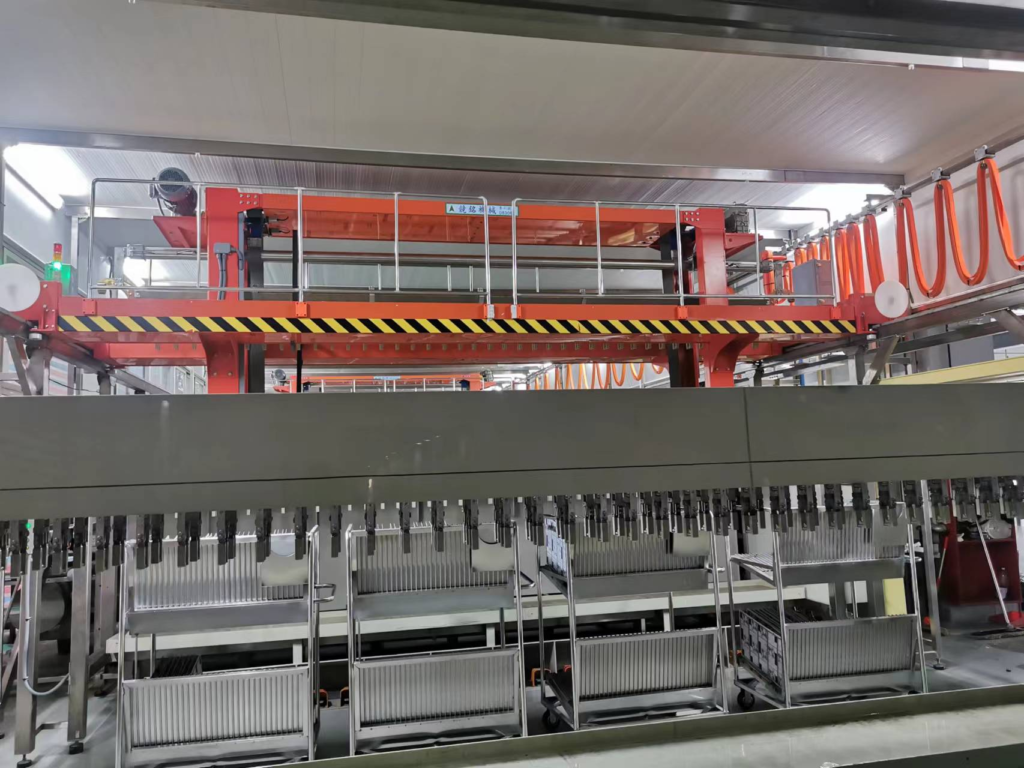
3. Best Practices for Routine PCB Maintenance
Routine maintenance is crucial for ensuring the long-term reliability and performance of PCBs, especially in high-demand industrial and commercial applications.
Neglecting maintenance can lead to issues such as solder joint degradation, corrosion, thermal stress, and contamination. In this section, we will explore comprehensive maintenance strategies to keep PCBs functioning optimally throughout their lifecycle.
3.1 Why Routine Maintenance Matters
A study by IPC shows that nearly 30% of PCB failures can be prevented through regular maintenance practices. Maintenance is particularly important for PCBs used in harsh environments, such as automotive electronics, industrial machinery, and power management systems, where exposure to heat, vibration, and contaminants is common.
3.2 Key Maintenance Activities
3.2.1 Cleaning and Decontamination
PCBs often accumulate dust, flux residues, and other contaminants during manufacturing and operation. These contaminants can cause leakage currents, signal degradation, and corrosion, especially in high-humidity environments.
Recommended Cleaning Methods:
| Cleaning Method | Description | Applications | Cautions |
|---|---|---|---|
| Ultrasonic Cleaning | – Uses high-frequency sound waves to dislodge contaminants from the board surface. | – Removing flux residues and particles from HDI and fine-pitch PCBs. | – Not suitable for moisture-sensitive components. |
| Ion Chromatography Testing | – Analyzes ionic residues to ensure they are below 1.56 µg/cm² as per IPC-TM-650. | – Ideal for quality control after PCB assembly. | – Requires specialized equipment and controlled environment. |
| Vapor Degreasing | – Uses solvents in vapor form to dissolve contaminants without leaving residues. | – Cleaning oils, greases, and solder flux from industrial PCBs. | – Requires proper ventilation and solvent handling. |
| Manual Cleaning with Isopropyl Alcohol (IPA) | – Wipe the PCB surface gently to remove visible residues. | – Minor cleaning and maintenance. | – Use lint-free wipes to prevent additional contamination. |
3.2.2 Conformal Coating and Surface Protection
Applying a conformal coating protects the PCB from moisture, dust, and corrosive chemicals. This is especially important for boards used in environments prone to high humidity or temperature variations.
| Coating Material | Key Features | Applications |
|---|---|---|
| Acrylic Coatings | – Easy to apply and remove. | – Consumer electronics. |
| Silicone Coatings | – Excellent resistance to temperature variations. | – Automotive and aerospace applications. |
| Polyurethane Coatings | – High resistance to abrasion and solvents. | – Industrial and automotive electronics. |
3.2.3 Inspection and Diagnostic Testing
Regular inspection can help identify early signs of deterioration, such as solder joint cracks, delamination, or thermal discoloration. Implementing diagnostic tests during routine checks ensures that minor issues are identified before they escalate.
| Inspection Method | Description | Applications |
|---|---|---|
| Visual Inspection | – Use magnification tools to identify physical damage, discoloration, or residue buildup. | – Detects solder joint cracks and oxidation. |
| Thermal Imaging | – Identifies hotspots indicating overheating components. | – Verifies thermal management effectiveness. |
| Electrical Continuity Testing | – Verifies that all connections are intact and functioning properly. | – Detects open circuits or faulty traces. |
| Automated Optical Inspection (AOI) | – Uses high-resolution cameras to detect defects such as solder bridging, missing components, or alignment errors. | – Suitable for mass-produced PCBs where manual inspection is impractical. |
3.3 Preventive Measures for Long-Term Reliability
Proper Handling and Storage:
Improper handling during maintenance can introduce electrostatic discharge (ESD), causing latent damage to sensitive components. Implementing ESD-safe practices, such as using anti-static wrist straps and grounded workstations, helps prevent such issues.
Moisture Control:
Store PCBs in vacuum-sealed bags with desiccants to maintain low humidity levels.
Use nitrogen cabinets for long-term storage, particularly for moisture-sensitive devices (MSDs).
Regularly monitor humidity in storage areas to keep it below 40% RH.
Temperature Regulation:
Avoid exposing PCBs to extreme temperature fluctuations during maintenance.
Gradually warm up boards that have been stored in cold environments to prevent condensation.
Documentation and Record-Keeping:
Maintain a maintenance log that records cleaning dates, inspection results, and any issues found.
Implement a tracking system for preventive maintenance tasks.
Use digital tools like maintenance management software to streamline record-keeping.

3.4 Leveraging Predictive Maintenance
Predictive maintenance involves monitoring the PCB’s condition to predict potential failures. By analyzing data from temperature sensors, vibration monitors, and signal integrity tests, maintenance teams can schedule proactive interventions before issues become critical.
Thermal Sensors:
Monitor temperature variations in real-time.
Detect hotspots early, preventing thermal stress.
Vibration Analysis:
Identify mechanical stress that may lead to solder joint fatigue.
Essential for PCBs in automotive and industrial applications.
Data Logging:
Continuously record performance metrics for trend analysis.
Use data to develop maintenance schedules based on actual conditions rather than fixed intervals.
3.5 Compliance with Industry Standards
Maintaining PCBs according to industry standards ensures consistent performance and longevity. Follow guidelines from authoritative organizations to align with best practices.
IPC-5704: Cleanliness Guidelines: Ensures that PCBs are free from ionic contamination and residues.
IPC-6012: Qualification and Performance Specification for Rigid PCBs: Sets the standards for PCB quality and reliability.
IEEE Reliability Standards: Offers insights into predictive maintenance techniques for electronic components.
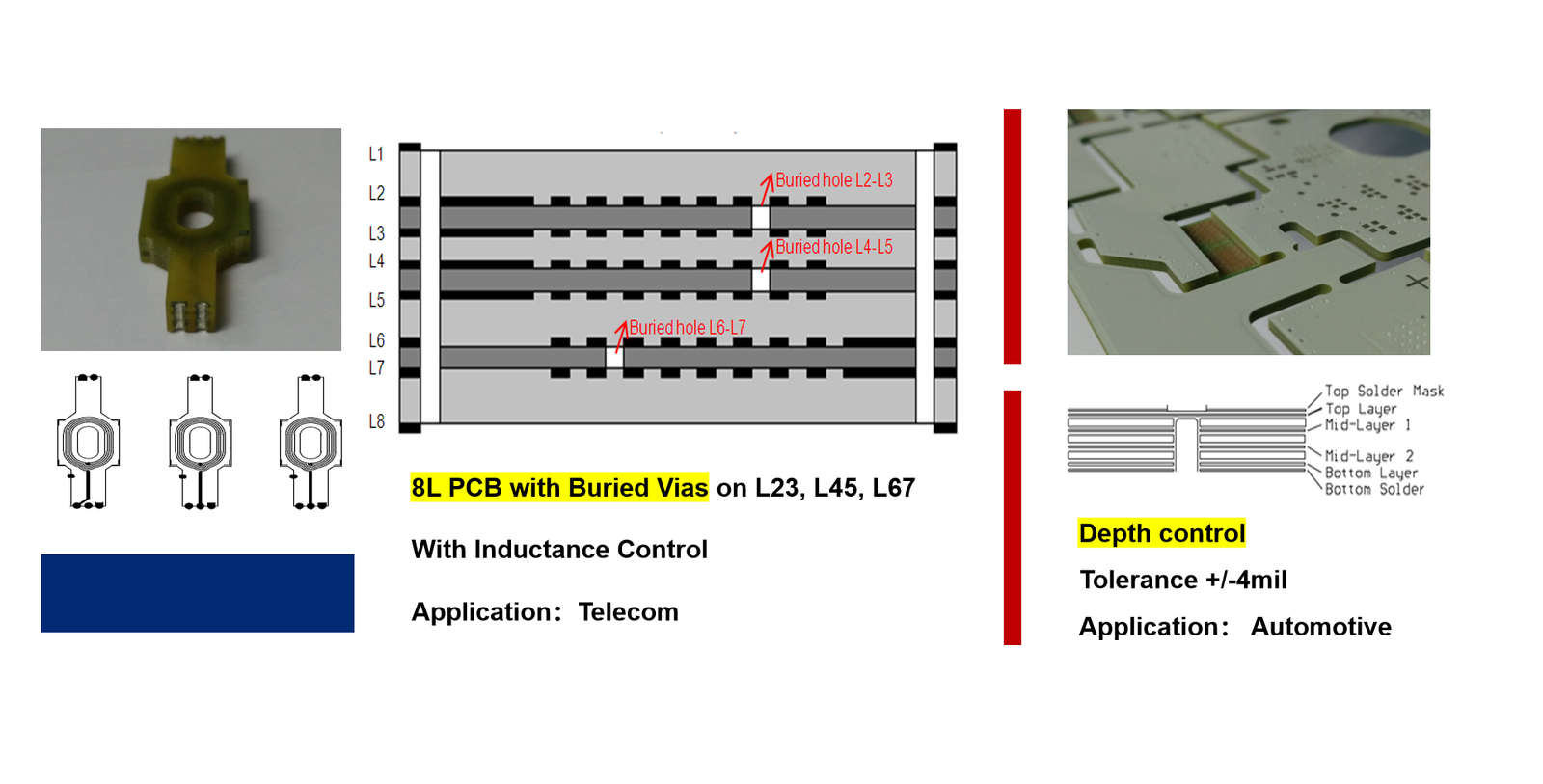
How Longyu PCB Ensures Reliable PCB Performance
By understanding and addressing common PCB failures, manufacturers can enhance product reliability and minimize downtime.
At Longyu PCB, we implement advanced techniques to reduce risks and ensure durability.

